FREE NZ DELIVERY FOR ORDERS OVER $75
Holy Grail Haircare's
Ultimate Guide
To Hairbrushes & Combs
Your hairbrush or comb probably isn’t something you think about much - until you realise how much of a difference the right one makes.
The truth is, your brush or comb does more than just detangle. It shapes how your hair dries, how your style holds, and even how healthy your scalp feels.
The key is choosing tools that work with your hair, not against it. And with so many types (paddle, round, vented, detangling… and that’s just brushes!), it helps to know what each one actually does.
We stock the tools that stylists swear by - from Olivia Garden’s ceramic round brushes to Moroccanoil’s smoothing paddles, Denman’s curl-defining heroes, and Cricket and LUST’s everyday styling essentials.
Let’s break it down so you can find the perfect match for your hair type, texture, and routine.
Brush vs Comb - What’s the Difference?
Brushes and combs might look like they do the same job, but they serve different purposes - and both deserve a place in your routine.
A brush is your go-to for everyday styling and finishing. It helps distribute oils from your scalp, smooths the surface of your hair, and detangles while adding shine. The right brush can also make blow-drying faster, frizz control easier, and styling a whole lot more polished.
A comb, on the other hand, is ideal for precision****. It helps section hair, work through conditioner in the shower, or define curls without creating frizz. The spacing between teeth makes all the difference - wider teeth for detangling, finer teeth for shaping or styling.
Your comb preps the canvas, your brush finishes the masterpiece.
Choosing the Right Hairbrush & Comb
Your perfect brush or comb isn’t just about the brand name or price tag - it’s about how it’s made and what it’s made for. From the body to the bristles, handle, and technology, every part plays a role in how your hair feels, looks, and behaves after styling.
Let’s break it down by the four things that really matter when choosing the right brush or comb.
1. Body – Size, Shape & Cushion
Cushion

Best For
Everyday grooming and detangling
Why It Works
The soft, flexible base gives just enough movement to gently work through tangles and knots, making it ideal for daily brushing.
Paddle

Best For
Long, thick, or straight hair
Why It Works
The wide, flat surface covers more area for faster smoothing and less static. Great for sleek, polished finishes.
Round

Best For
Blow-drying and adding shape or bounce
Why It Works
Creates volume and curl while smoothing ends. Ceramic and vented versions speed up drying and add shine.
Vent

Best For
Quick drying
Why It Works
The open design lets air flow directly through from your dryer, cutting down on drying time and reducing heat stress.
2. Bristles or Teeth – The Real Game Changer
Boar Bristle
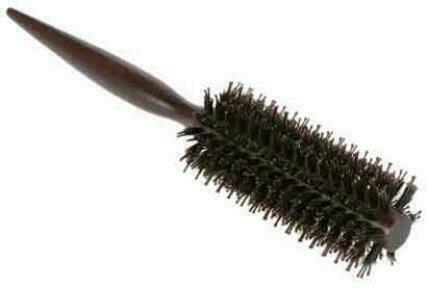
Best For
Dry, frizzy, or fine hair
Why It Works
Helps distribute natural oils from root to tip for shine and softness. A long-standing stylist favourite.
Nylon Bristle
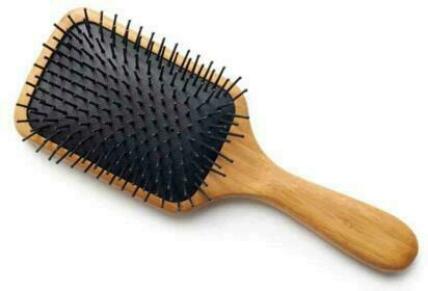
Best For
Thick or coarse hair
Why It Works
Stronger tension means it can handle dense hair, detangling and styling with control.
Mixed Bristle
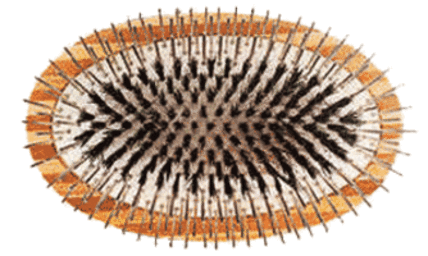
Best For
Normal to thick hair
Why It Works
Combines boar and nylon bristles for shine, control, and smoother styling.
Long, Rake-Like
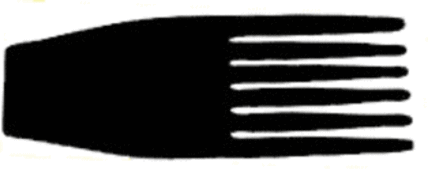
Best For
Long, thick and/or curly hair
Why It Works
Glides through tangles without pulling or breakage. Perfect for wet detangling or post-shower volumising.
Wide-Tooth Comb

Best For
Curly, thick, or textured hair
Why It Works
Reduces breakage and preserves curl definition. Ideal for distributing conditioner or masks in the shower.
Fine-Tooth Comb

Best For
Smoothing and precision
Why It Works
Best for sectioning, styling, or refining sleek looks.
3. Handle – Comfort Makes the Difference
Rubber Handle
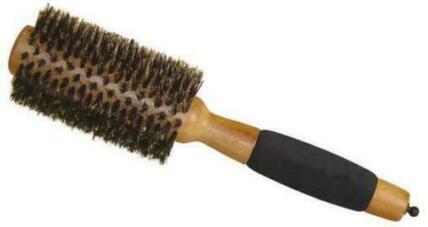
Best For
Professional or high-control styling
Why It Works
Non-slip grip gives you control when working with heat tools or products.
Pick Handle

Best For
Curls, coils, or added volume
Why It Works
Helps lift roots and define curls without breaking them apart.
Foldable Handle
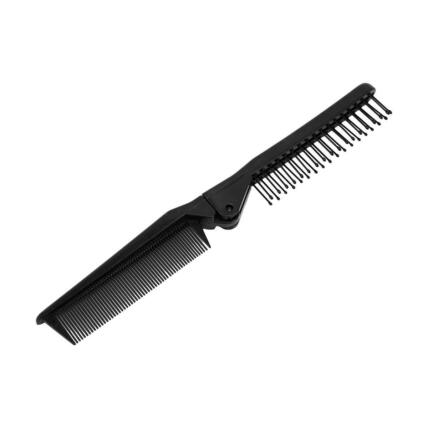
Best For
Travel and on-the-go use
Why It Works
Compact design fits easily in your bag without damaging bristles.
Handleless
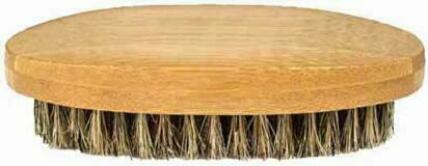
Best For
Quick, easy styling
Why It Works
Allows more flexibility and control close to the scalp. Often found in compact detangling brushes.
4. Technology – Small Details, Big Results
Ceramic Coating
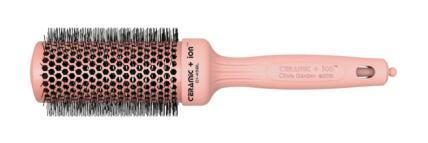
Best For
Blow-drying and heat styling
Why It Works
Retains and distributes heat evenly for faster, frizz-free results.
Ionic Technology
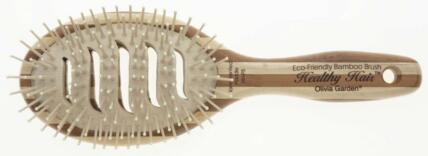
Best For
Frizz control
Why It Works
Reduces static and boosts shine by helping lock in moisture.
Heat-Resistant Bristles
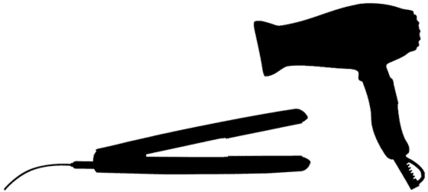
Best For
Regular heat styling
Why It Works
Made from materials like wood, silicone, ceramic, or certain plastics that don’t conduct heat easily. Keeps your brush or comb from overheating and protects your hands and tools from damage.
Heat-Retaining
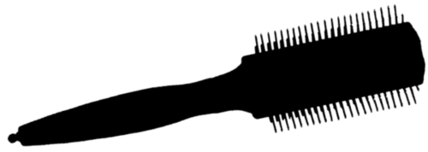
Best For
Blow-drying and curling
Why It Works
Designed to hold heat from your dryer, helping to shape curls or waves without the need for a curling iron.
Heat Producing
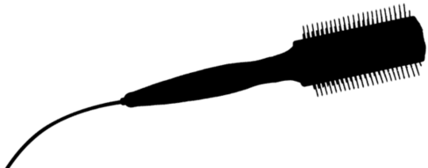
Best For
High-heat styling and precision work
Why It Works
These brushes and combs generate their own heat (usually wired), doubling as curlers or straighteners. Always use a heat protectant to prevent damage.
Holy Grail Favourites
You don’t have to look far to find salon-approved brushes and combs that actually last. These are a few of our go-tos – used by stylists, loved by customers, and available right here at Holy Grail Haircare.
Olivia Garden
Professional, lightweight, and built to last, Olivia Garden brushes are a staple in salons around the world. Their ceramic and ionic designs make blow-drying quicker and smoother, helping reduce frizz and boost shine.
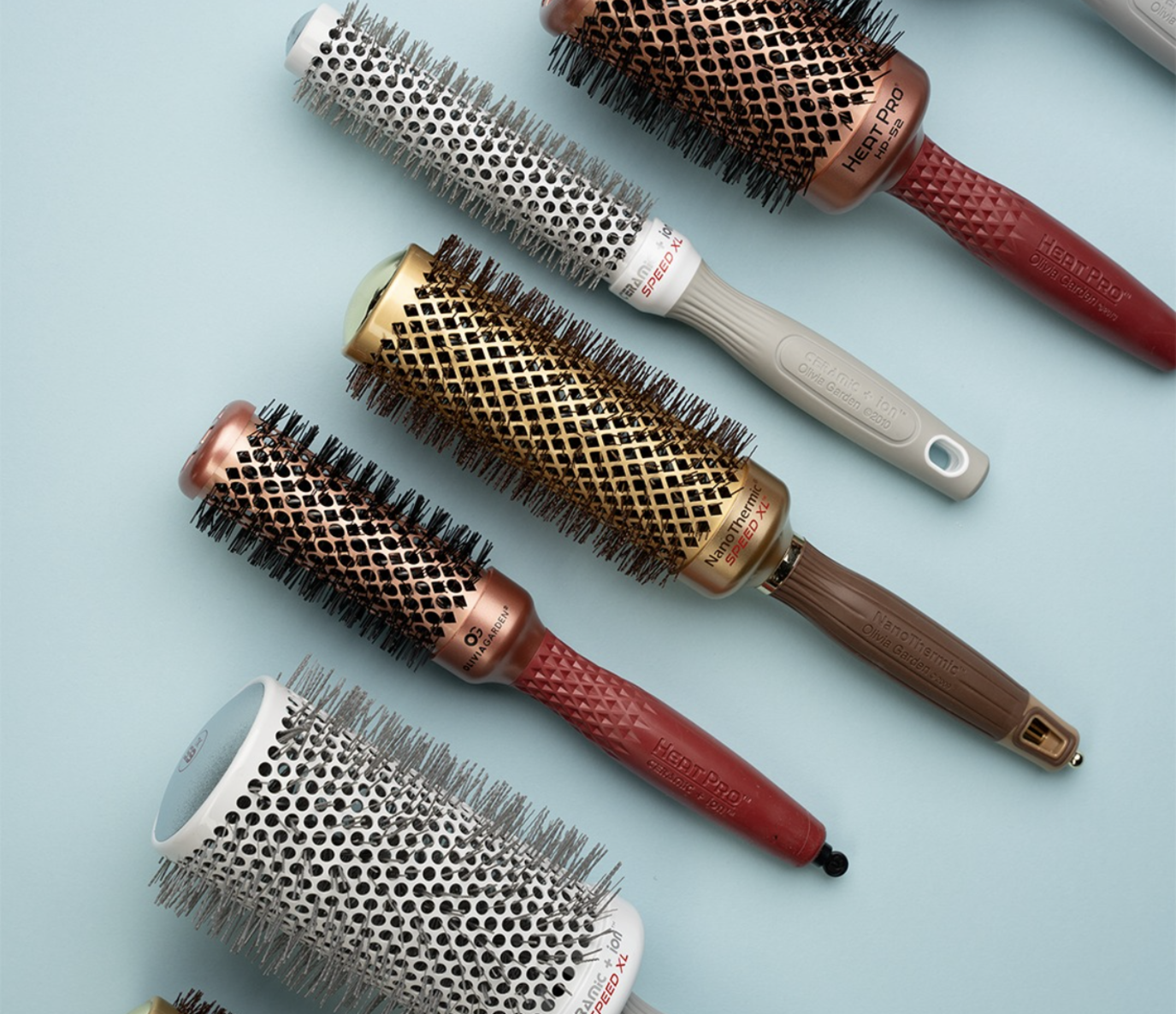
Moroccanoil
If you already love their iconic treatment oil, you’ll love their tools too. Moroccanoil’s collection combines luxury with performance - perfect for adding polish, smoothing flyaways, and maintaining that just-blow-dried feel.
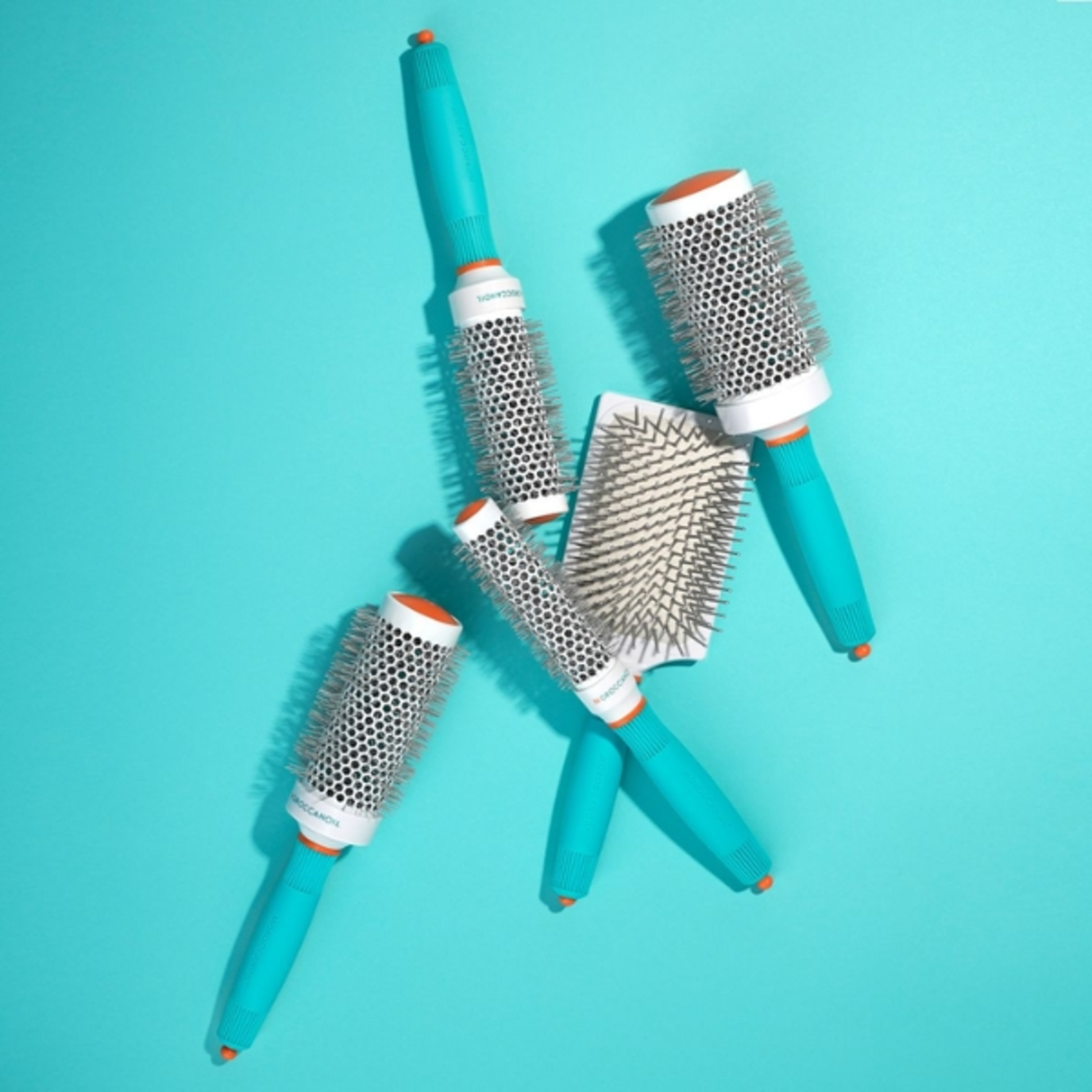
Denman
An icon for curly and coily hair, Denman brushes are the go-to for defining curls, detangling gently, and evenly distributing styling products. They’re proof that sometimes, the classics really are unbeatable.
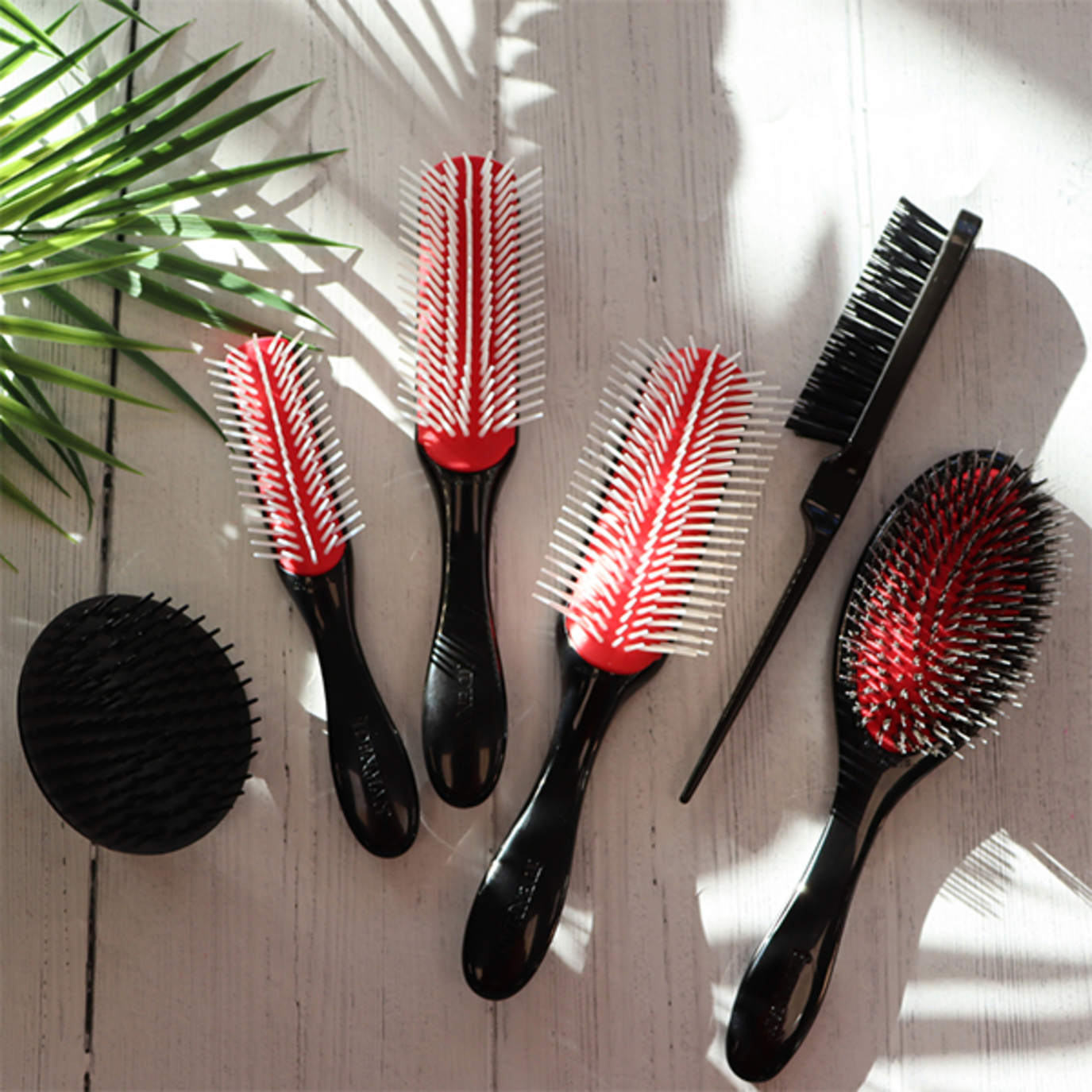
Cricket
Salon quality without the price tag. Cricket’s brushes and combs are heat-resistant, anti-static, and easy to use, making them ideal for everyday styling or professional use.

LUST
For a gentle touch and effortless detangling, LUST brushes are hard to beat. Their flexible bristles glide through even the most stubborn knots, leaving your hair smooth, shiny, and stress-free.
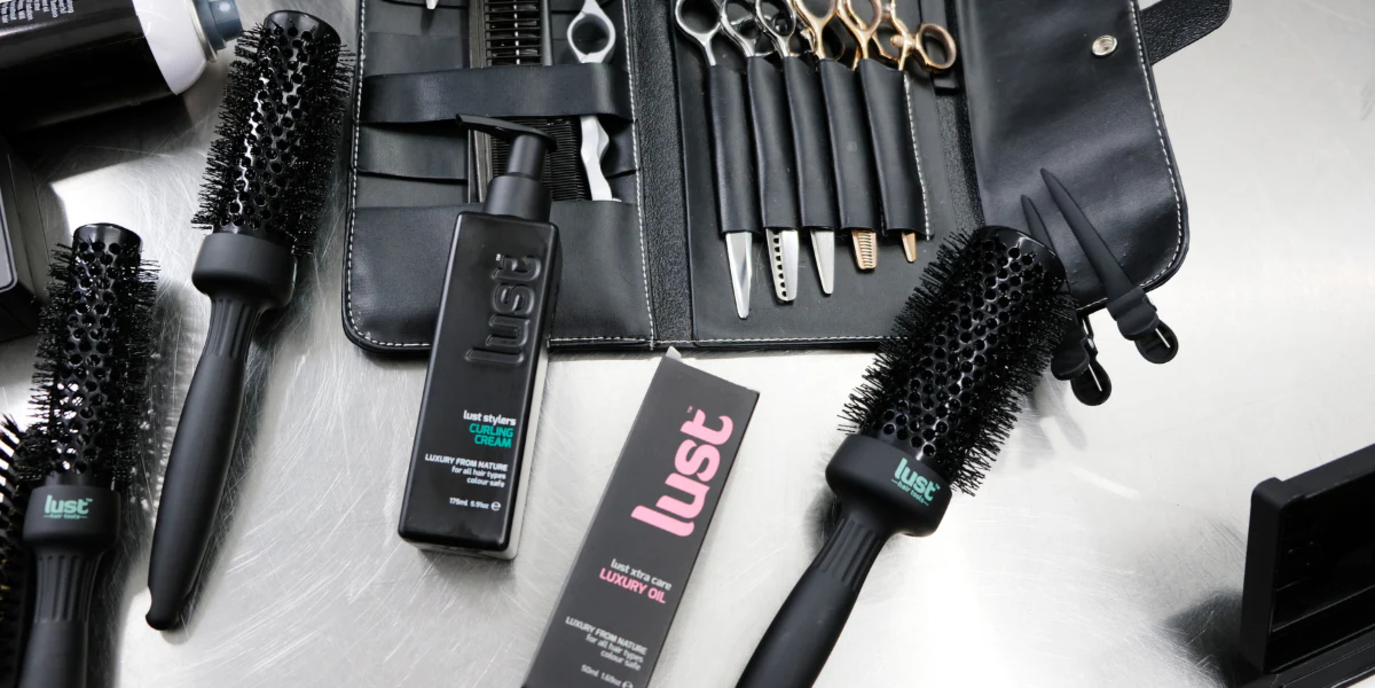
The Final Comb-Through
The right brush or comb can completely change how your hair looks and feels, helping you style smarter, protect against damage, and keep things smooth from root to tip.
At Holy Grail Haircare, we make it easy to find your perfect match. Explore our full range of salon-quality brushes and combs from brands like Olivia Garden, Moroccanoil, Denman, Cricket, and LUST - all at prices that don’t require a stylist’s budget.





